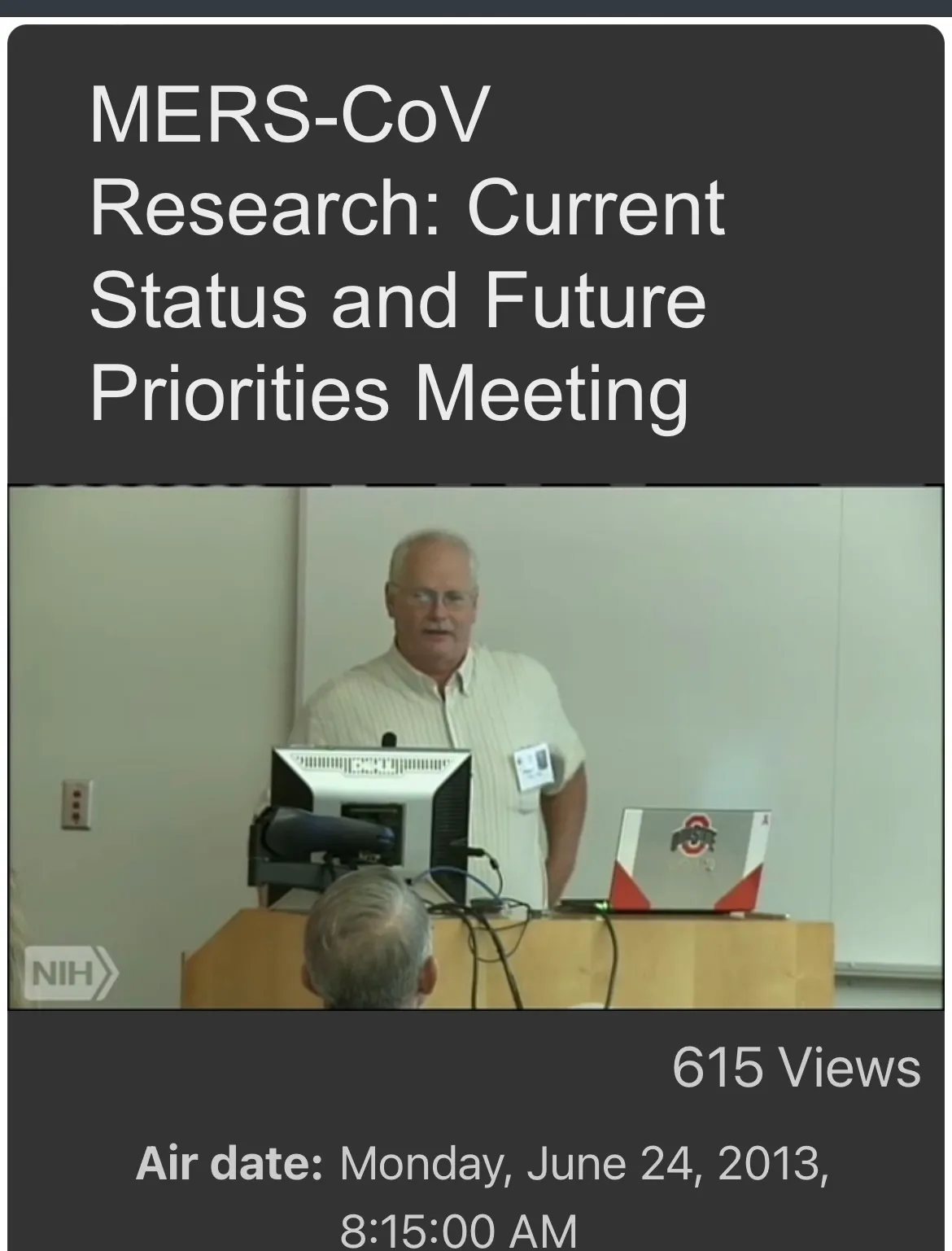by Alex Berenson, Unreported Truths:
 Baric, who worked hand-in-glove with the lab in Wuhan from which Sars-Cov-2 likely leaked, also insisted the government keep its rules on coronaviruses loose so he could tinker with them more easily.
Baric, who worked hand-in-glove with the lab in Wuhan from which Sars-Cov-2 likely leaked, also insisted the government keep its rules on coronaviruses loose so he could tinker with them more easily.
(SECOND OF TWO PARTS; PART ONE IS HERE)
Questioned under oath in 2022, Dr. Anthony S. Fauci largely denied knowing Dr. Ralph S. Baric, a North Carolina scientist and the world’s top coronavirus researcher.
Fauci’s claim came though he met one-on-one with Baric as Covid raced around the globe in early 2020 – and though he had funded Baric’s work and hosted Baric at a day-long coronavirus research conference in 2013. (I wrote about Fauci’s unlikely memory lapses here, in Part One of this piece.)
TRUTH LIVES on at https://sgtreport.tv/
Why did Fauci try so hard to insulate himself from Baric 18 months ago – even at the cost of giving nonsensical answers while under oath?
Baric’s role and the plans he outlined in the conference on June 24, 2013 may help answer that question.
As I explained in Part One, the National Institutes of Health put the day-long event together during an outbreak of a novel coronavirus called MERS-Cov, which was highly lethal but not very transmissible.
A complete video of the conference is publicly available here. For anyone interested in understand the science – and the scientists – that may have led to Covid, it is a six-hour must-watch.
About 50 people attended the event. They included leading coronavirus researchers, as well as Peter Daszak and members of his EcoHealth Alliance, and federal officials concerned about infectious diseases. But Baric was without doubt the star of the show.
He made the first presentation, then another after lunch. He rarely went more than a few minutes without asking questions. He had earned the role. After earning a PhD in microbiology from North Carolina State University in 1982, Baric turned to infectious disease research.
He became known for his ability to handle coronaviruses, which can be hard to grow in labs, as well as in making genetic modifications to them. Because coronaviruses have a relatively large genome – the nucleotides that encode the information necessary for them to replicate themselves – they are harder to genetically modify than some other viruses. But Baric and his researchers did so with relative ease.
—
(Destroying the world in order to save it, a presentation by Dr. Ralph S. Baric. Yes, that’s Tony Fauci in the front row.)

—
Coronaviruses are named for their striking shape. They have a halo of “spike” proteins sticking out of a shell that protects the strand of genes that lets them replicate. The spikes attach to receptors on human cells, letting the coronavirus begin the process of copying itself.
Doctors had historically considered coronaviruses minor health threats compared to influenza, much less terrors like smallpox. The four coronaviruses known to infect humans before 2002 were generally associated with common colds.
Most respiratory virus researchers focused on influenza, whose dangers were more obvious. But the 2002-03 SARS epidemic, which killed about 800 people and caused a worldwide panic, and the MERS outbreak a decade later, made coronaviruses a hot topic among infectious disease researchers – and the policymakers who funded them.
Read More @ alexberenson.substack.com



